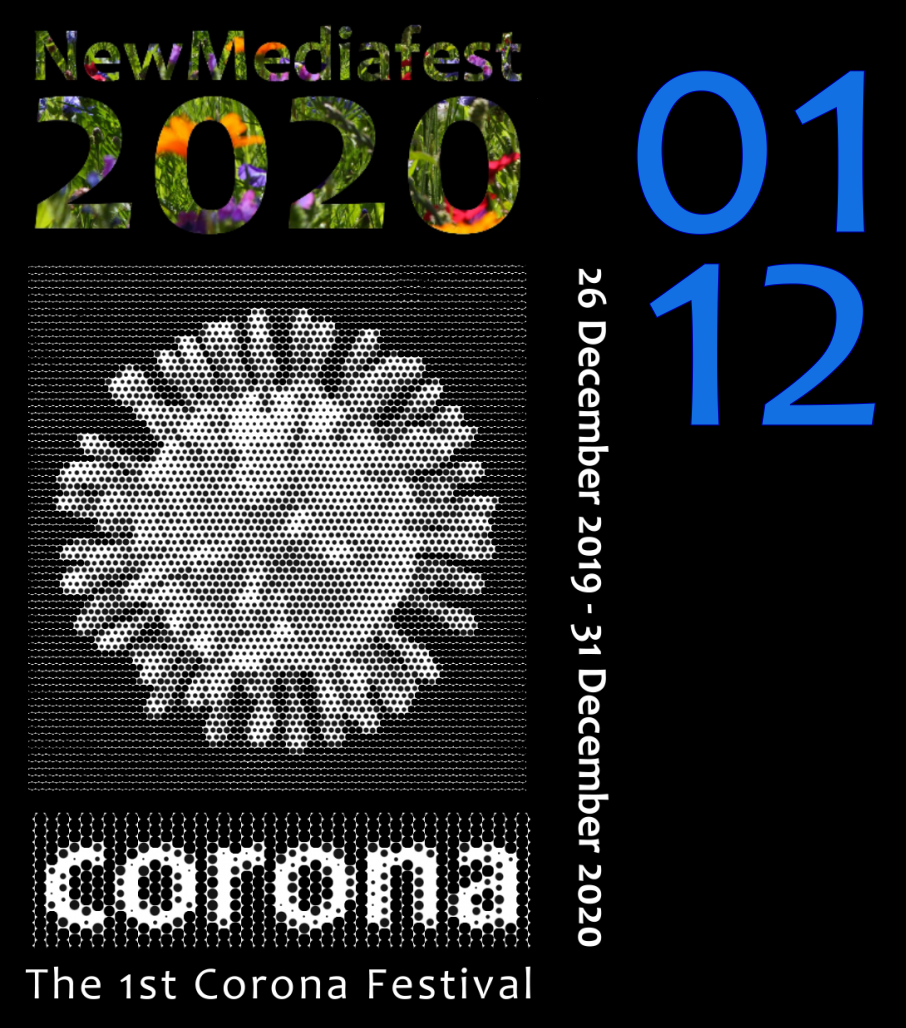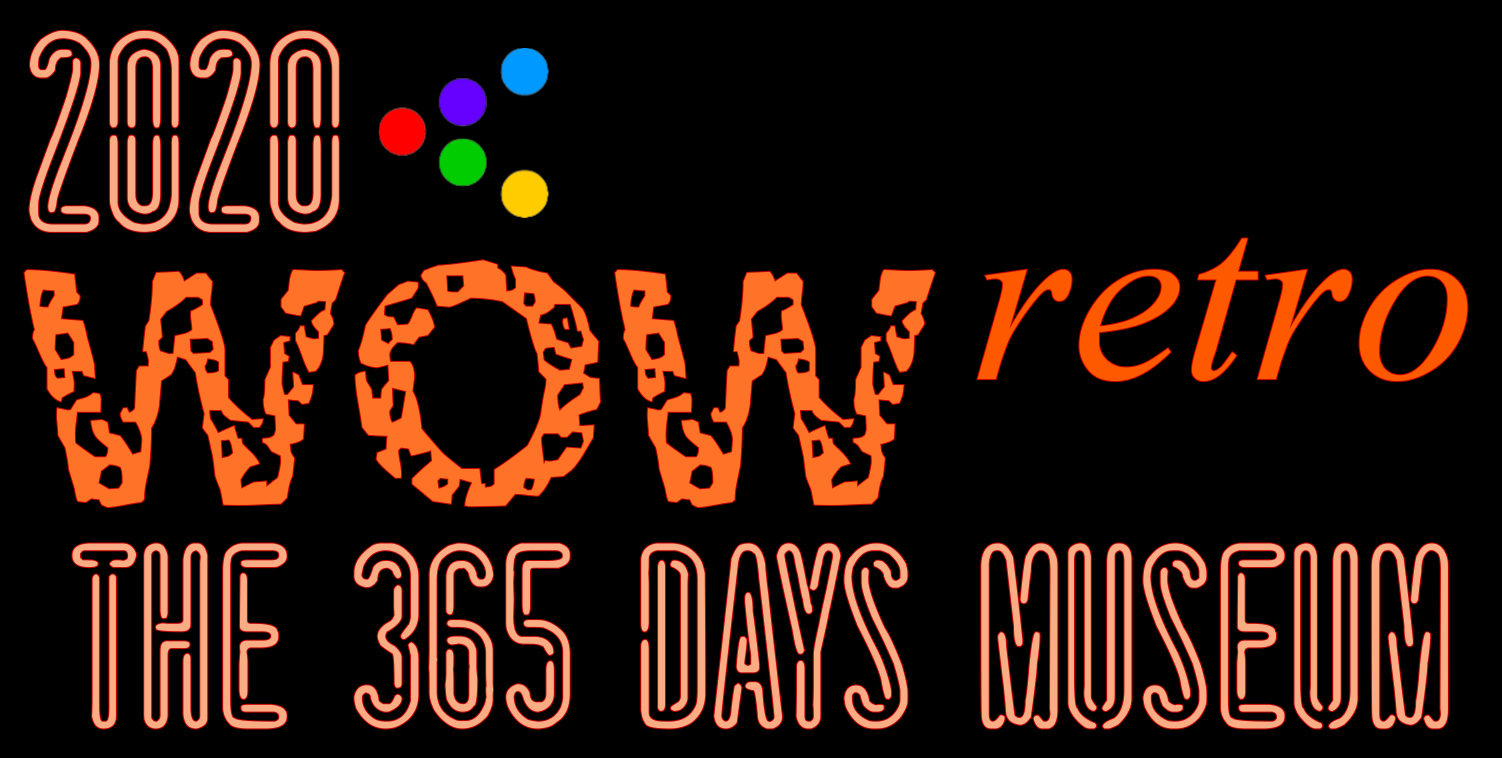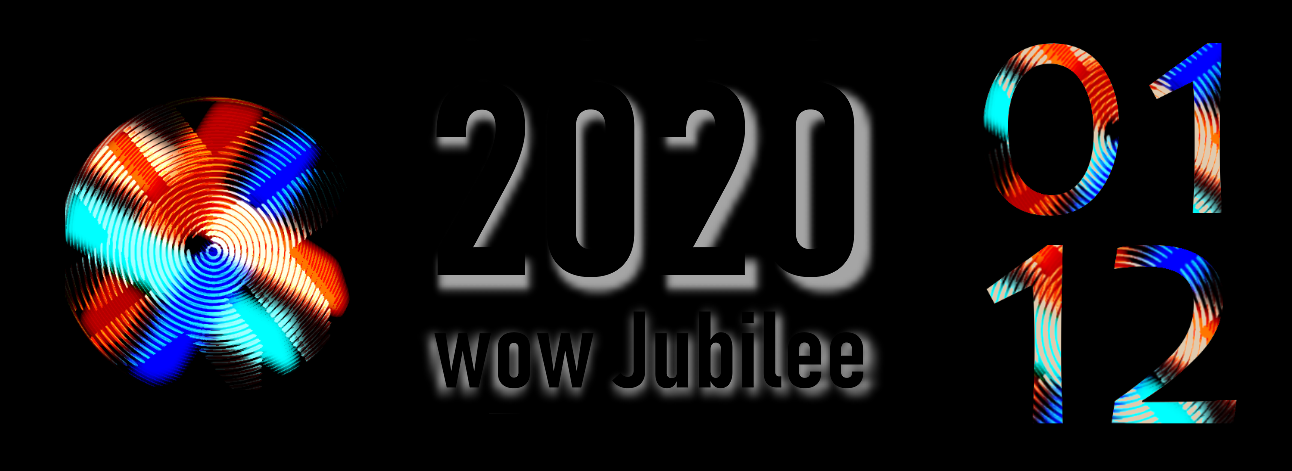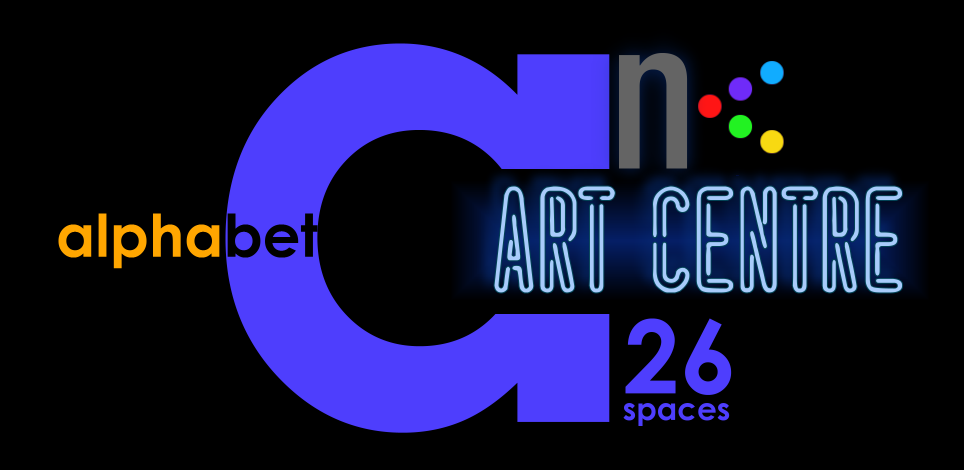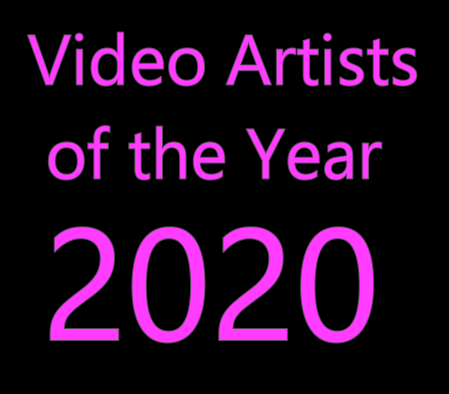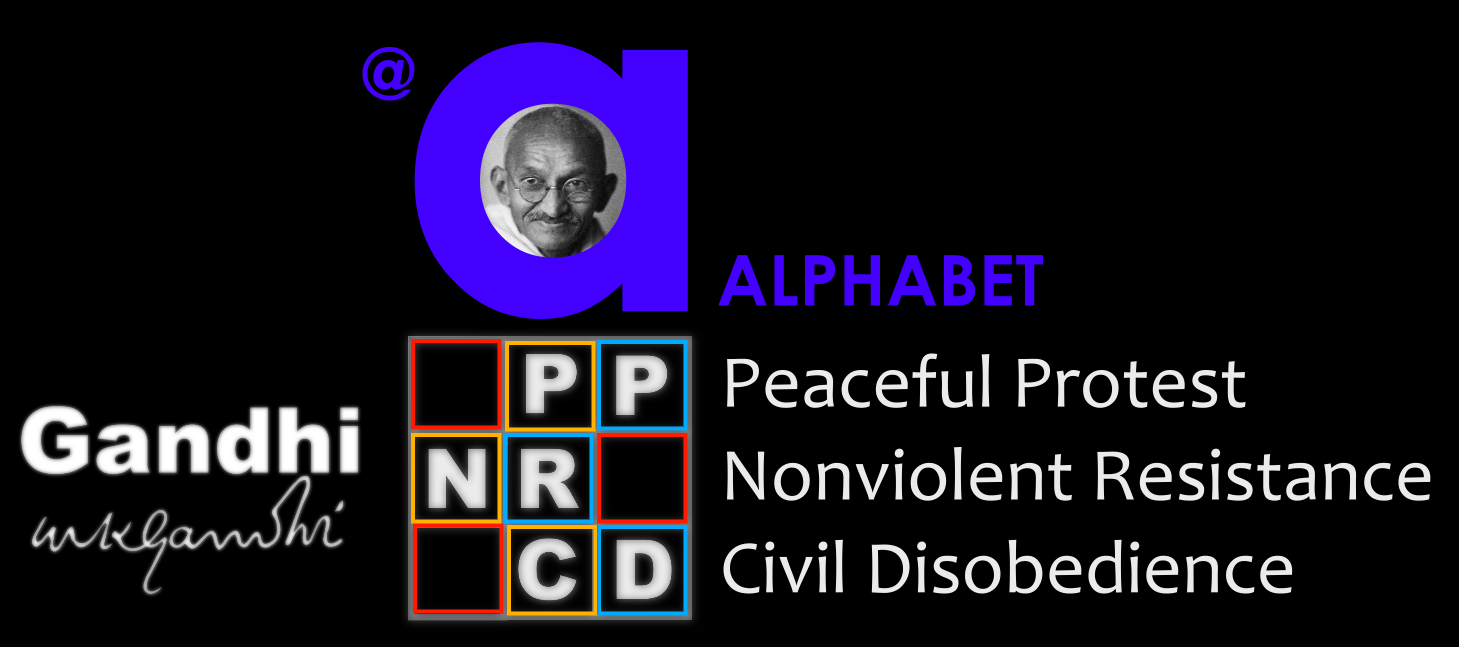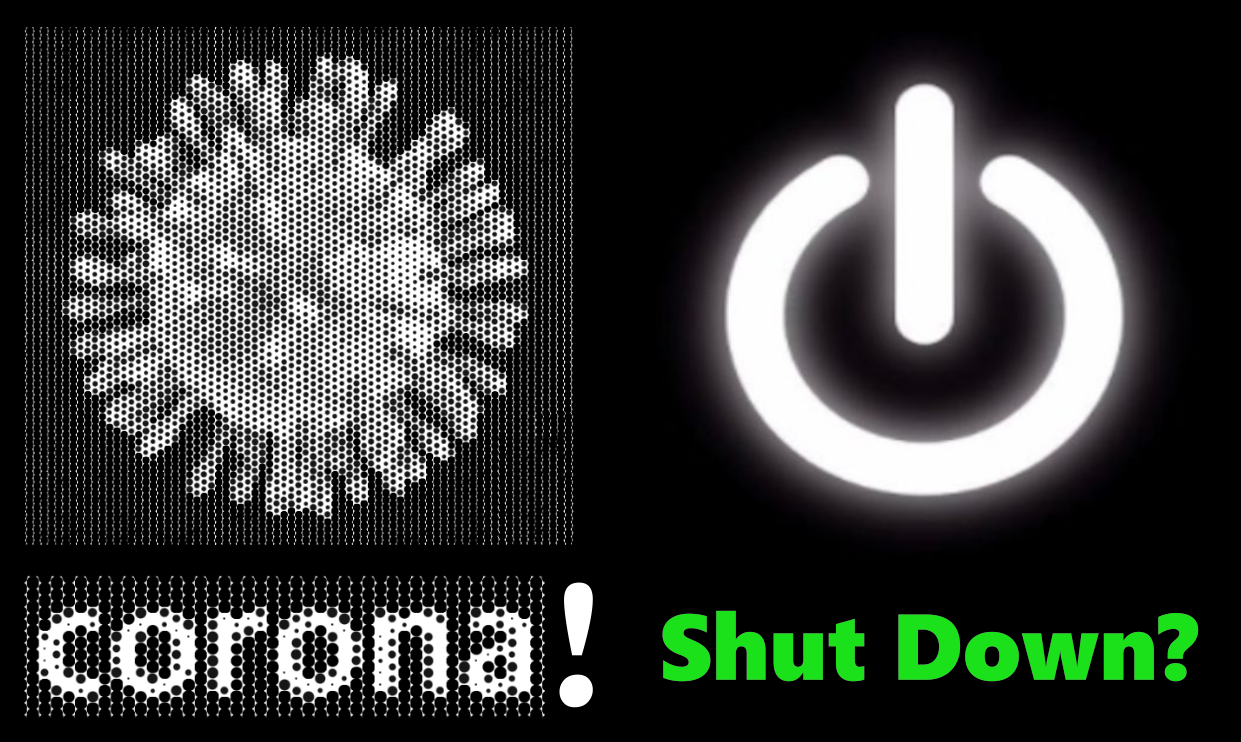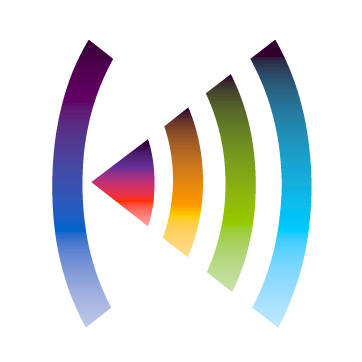Chicago

 17 March 2004 Netmeeting @ EVL – Electronic Vizualization Laboratory – University of Illinois at Chicago – directed by
17 March 2004 Netmeeting @ EVL – Electronic Vizualization Laboratory – University of Illinois at Chicago – directed by
 The Chicago Desaster
The Chicago Desaster
Today, Wilfried is very excited because in a few moments he will have the netmeeting. Some days ago, Prof. Fischnaller from University of Illinois had contacted him, if he would be available for a kind of online workshop about Wilfried’s RRF Project, which was, as you know recently opened as an installation at MNAC – Museum of Contemporary Art Bucharest on 5 March.
 It was not so easy to install the software and Wilfried does not know whether it will work, at all. But then about quater to 2 p.m . CET he receives a call and after some minutes the connection seemed to be installed. He receives the response that the students see Wilfried on the screen in Chicago, while Wilfried is looking into the black screen of the monitor. This is very irritating, of course, because he cannot control the talks, he will not see who is talking to him, while Prof. Frischnaller and the students look into Wilfried’s helpless face.
It was not so easy to install the software and Wilfried does not know whether it will work, at all. But then about quater to 2 p.m . CET he receives a call and after some minutes the connection seemed to be installed. He receives the response that the students see Wilfried on the screen in Chicago, while Wilfried is looking into the black screen of the monitor. This is very irritating, of course, because he cannot control the talks, he will not see who is talking to him, while Prof. Frischnaller and the students look into Wilfried’s helpless face.
After Prof. Fischnaller made his introduction, Wilfried is glad that the prof is speaking quite slowly with a typical Italian accent, Wilfried tries to pronounce his own words very clearly, so that he is sure that all people can understand his way of speaking English, which is like in the case of Prof. Fischnaller not the mother language, and he will explain in short the context of The RFF Project, but for the netmeeting most important are the students questions.
 For Wilfried, it continues to be most irritatating, that he hears the student applauding, because they see Wilfried on the screen, but now when individual students are asking their quenstions, he can’t see them, and they speak in a typical American slang so fast, that Wilfried is hearing only streams of undefinable noise. In the beginning he asks the students to repeat the question, but they speak so fast, that Wilfried understands only a few scraps of words, and when he is thinking he finally understood the question and he starts talking again very slowly, hardly finished, he is again overwhelmed with the streams of undefinable noise swapping via the Internet from Chicago to Cologne.
For Wilfried, it continues to be most irritatating, that he hears the student applauding, because they see Wilfried on the screen, but now when individual students are asking their quenstions, he can’t see them, and they speak in a typical American slang so fast, that Wilfried is hearing only streams of undefinable noise. In the beginning he asks the students to repeat the question, but they speak so fast, that Wilfried understands only a few scraps of words, and when he is thinking he finally understood the question and he starts talking again very slowly, hardly finished, he is again overwhelmed with the streams of undefinable noise swapping via the Internet from Chicago to Cologne.  He is looking into the black monitor and tries to explain, that from the beginnning of the netmeeting, there were technical problems, but finally it is a kind of hot soup of noise, Wilfried feel like swimming in the middle of the ocean – about to sink into the deep waters. It is like a never ending nightmare – Wilfried looks like a fish openening and closing the mouth gasping for air without any sound – without any end……
He is looking into the black monitor and tries to explain, that from the beginnning of the netmeeting, there were technical problems, but finally it is a kind of hot soup of noise, Wilfried feel like swimming in the middle of the ocean – about to sink into the deep waters. It is like a never ending nightmare – Wilfried looks like a fish openening and closing the mouth gasping for air without any sound – without any end……
Suddenly, Wilfried is waking up from his paralyzis, when he recognises movement on the screen, now he sees Prof. Fischnaller speaking but Wilfried cannot hear the sound, the camera shows the room where the students of the university of Chicago are sitting waving to him,. Now obviously also Prof. Fischnaller is recognzing the technical failures, on the screen some text appears- Professor Fischnaller is thanking Wilfried for all his efforts and a few seconds before the camera stops, he can see and hear the students applauding while Professor Fischnaller is looking helplessly a last time into the camera. Now the session is over and Wilfried can’t believe what was happening. Actually the online conference was planned for no longer than 2 hours, but the desaster was taking nearly 3 hours in total. How embarrassing! Wilfried had so much to tell, and Wilfried is convinced that the students were asking substantial questions waiting for him to answer as substantial – but he failed completely. Wilfried is sitting in front of his monitor completely upset, the tears are running down his face – the world is going to go down. Broken-hearted for the next couple days, Wilfried is swearing never to do anything like that again.
Later in 2011, Wilfried is visiting Chicago for the 1st time. Despite his previous experiences, he really likes the city very much, it has a specific atmosphere which Wilfried finds most attractive. If he would be younger, he is thinking, he might imagine to live there.

a complementary video





